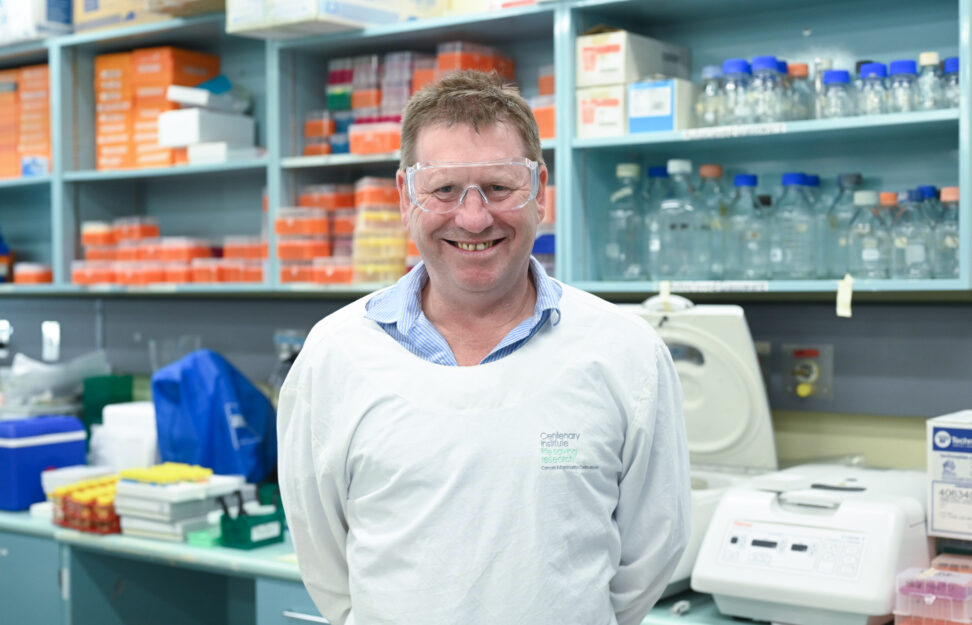Discovery could open door to new COPD treatment

The third leading cause of death worldwide and with no effective treatments, COPD is a chronic lung disease also known as emphysema. It is characterised by a mix of airway inflammation and blockage, and lung damage which makes it difficult to breathe.
Reported in the prestigious European Respiratory Journal, the researchers found increased levels of the protein RIPK1 in the lungs of people suffering from COPD as well as in experimental COPD mouse models. Inhibiting RIPK1 helped protect against COPD and may represent a new approach for treatment.
Co-senior study author Professor Phil Hansbro, Director of the Centenary UTS Centre for Inflammation said that the primary risk factor for COPD is smoking tobacco but that the disease can also be caused by breathing in dust, fumes, chemicals and air pollution.
“Cigarette smoke or exposure to other irritants triggers inflammation and can induce cell death in the lungs and airways, which directly contributes to the development of COPD,” Professor Hansbro said.
“We investigated RIPK1 as it plays a key role in cell survival and death as well as inflammation. We found that there were far higher levels of RIPK1 in patients suffering from COPD as well as in our COPD mouse models.”
Subsequent study by the researchers, with COPD mouse models, found that inhibiting RIPK1 provided a significant protective effect against COPD.
“We saw reduced structural changes to the airways and decreased damage to the air sacs of the lungs. Our data indicates that inhibiting RIPK1 lessened both inflammation and the death of healthy lung and airway cells meaning less tissue damage overall,” said Professor Hansbro.
The research team say that their findings provide an exciting new avenue of study for treating COPD, an incurable and often fatal lung disease.
Publication:
RIPK1 kinase-dependent inflammation and cell death contribute to the pathogenesis of COPD. https://erj.ersjournals.com/content/early/2022/12/01/13993003.01506-2022





